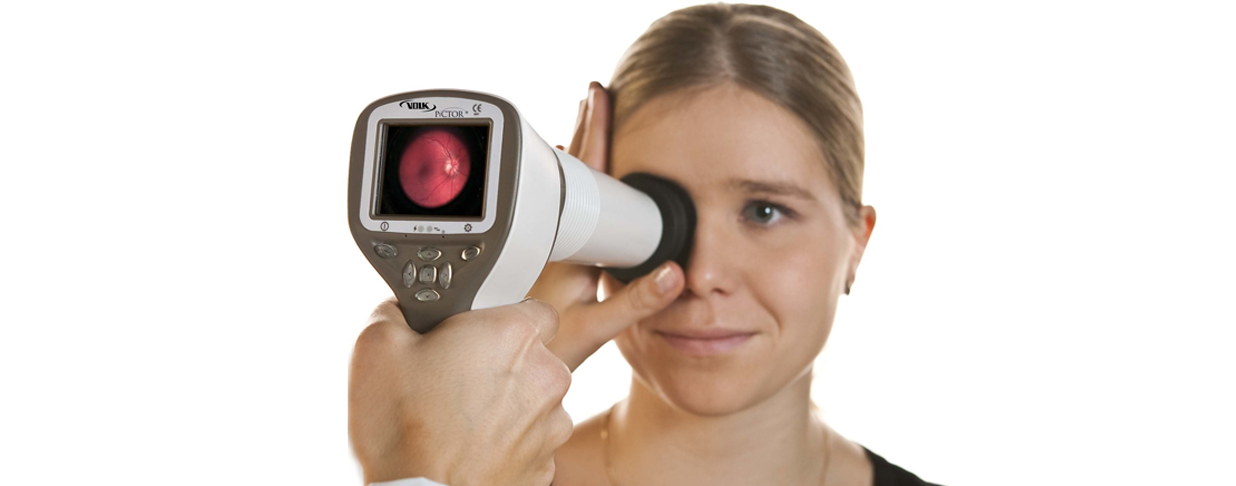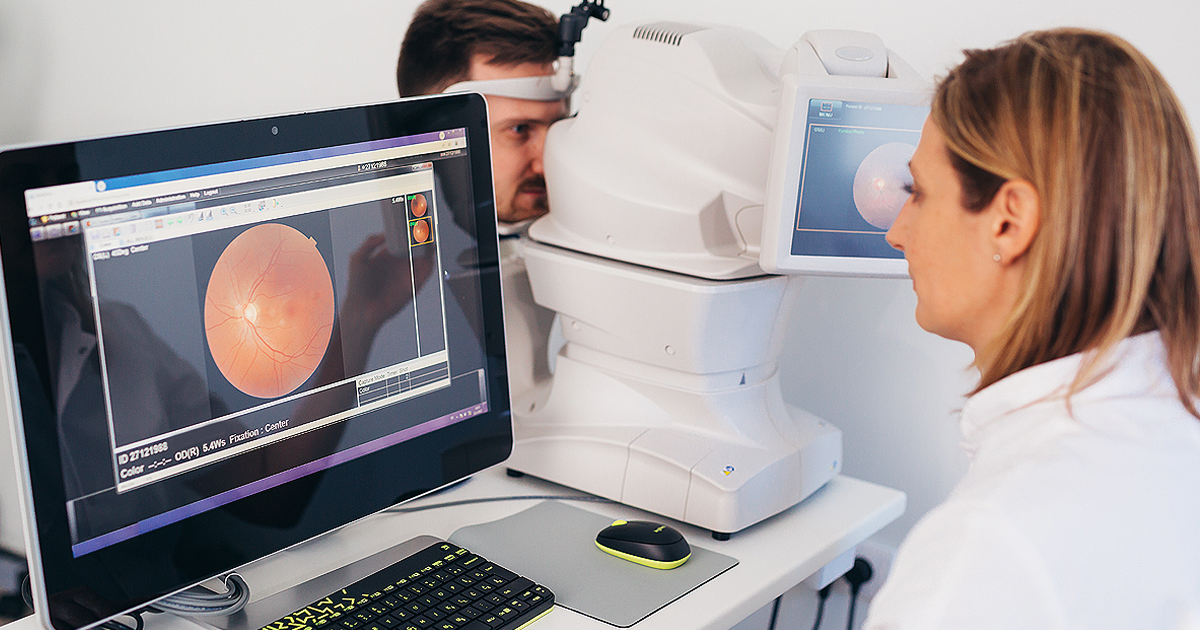It’s a familiar scene to most. The iconic holiday movie, A Christmas Story, with its safety-conscious mom keeping Ralphie from the thing he wants most: a Red Ryder BB gun.
“You’ll shoot your eye out!” is the well-known warning.
As funny as that unforgettable scene is, when Ralphie does indeed suffer an injury from a wayward BB, it’s a good idea to heed the intentions of Mother Parker. According to the U.S. Consumer Product Safety Commission, in 2015, U.S. emergency rooms treated an estimated 254,200 toy-related injuries, and 45% of those injuries affected the head and face area, which means children’s eyes are particularly vulnerable. (1)
That’s why the American Academy of Ophthalmology (AAO) identifies December as Safe Toys and Celebrations Month and why we want to share tips anyone can use to keep children’s vision safe this holiday season (plus a few tips for adults to celebrate responsibly, as well).
How to keep kids’ eyes safe
Protecting kids’ eyes at the holidays means making smart gift choices and then ensuring toys and other objects are used properly and safely.
Mother Parker had reason to be concerned: toys such as air guns, BB guns, paintball guns and darts can cause injuries ranging from corneal abrasion all the way to irreversible vision loss. (2)
Here are tips from the AAO to prevent such problems (2):
• Don’t buy toys with sharp edges, points or projectile parts.
• Supervise children any time they’re playing with items that might cause an eye injury.
• Make sure toys with lasers comply with regulations and tips from the Food and Drug Administration for radiation and light limits.
• If you give kids sports equipment, also include protective eyewear with polycarbonate lenses. Your eye doctor can recommend the best gear for each sport.
• Choose gifts that are right for a child’s age. It sounds simple, but read the labels on any item you purchase.
• In the event a child does suffer an eye injury, seek medical treatment right away.
Don’t forget the adults
Eye safety during the holidays isn't just child's play. Adults also put their eyes at risk during celebrations. Take the popping of the cork on champagne--adults can ring in the new year without vision-compromising incident with these steps for opening champagne or sparkling beverages (3):
• Chill your bottle to 45 degrees to make sure the cork doesn’t pop out unexpectedly due to high gas pressure inside the bottle.
• Don’t shake the bottle (which increases the pressure of the gases), and never point an unopened bottle of sparkling beverage at another person.
• After removing the foil, use the palm of one of your hands to hold the cork down as you pull off the wire hood with your other hand.
• Then, cover the top of the bottle with a towel and grab the cork. Holding the bottle at a 45-degree angle (and pointed away from people), slowly twist the bottle at the base while holding the cork. When the seal is broken and the cork breaks free, you’ll hear the pop that signals celebration time.
Where to learn more
The holidays should be a festive, joyful time for everyone—with no time spent in the emergency room or the doctor’s office. Because you can never be too careful (sorry, Ralphie).
Cheers to healthy eyes and seeing all the beauty in life now and all year-round!
BL-1712-CB-732
Sources:
1. Consumer Product Safety Commission, “Toy-Related Deaths and Injuries Calendar Year 2015.”
2. American Academy of Ophthalmology, “Top Tips for Choosing Safe Toys This Holiday,” 2015.
3. American Academy of Ophthalmology, “Five Steps to Safer Champagne Celebrations,” 2015.




